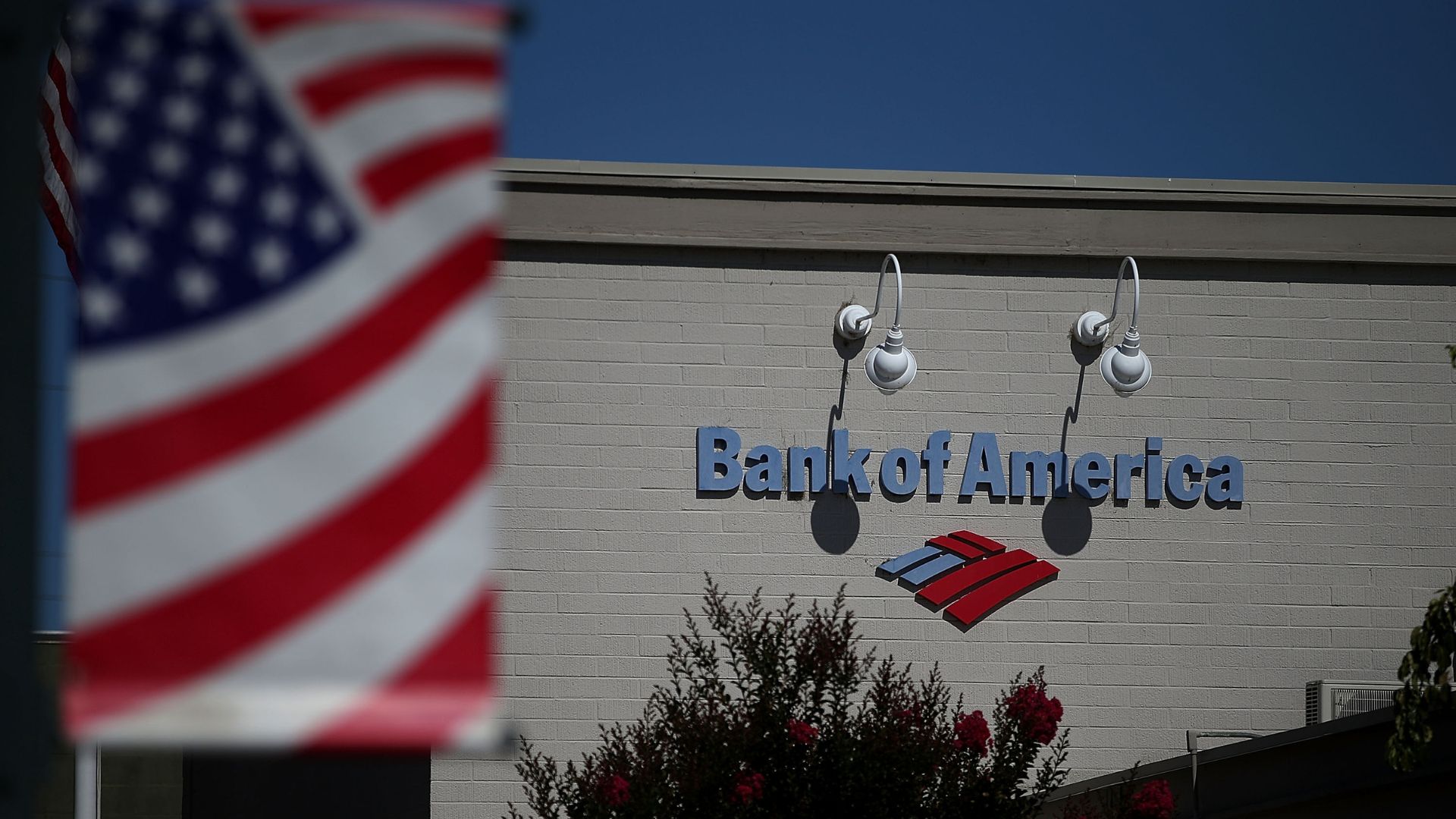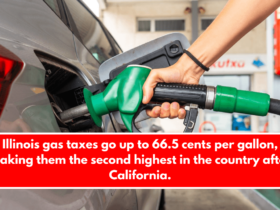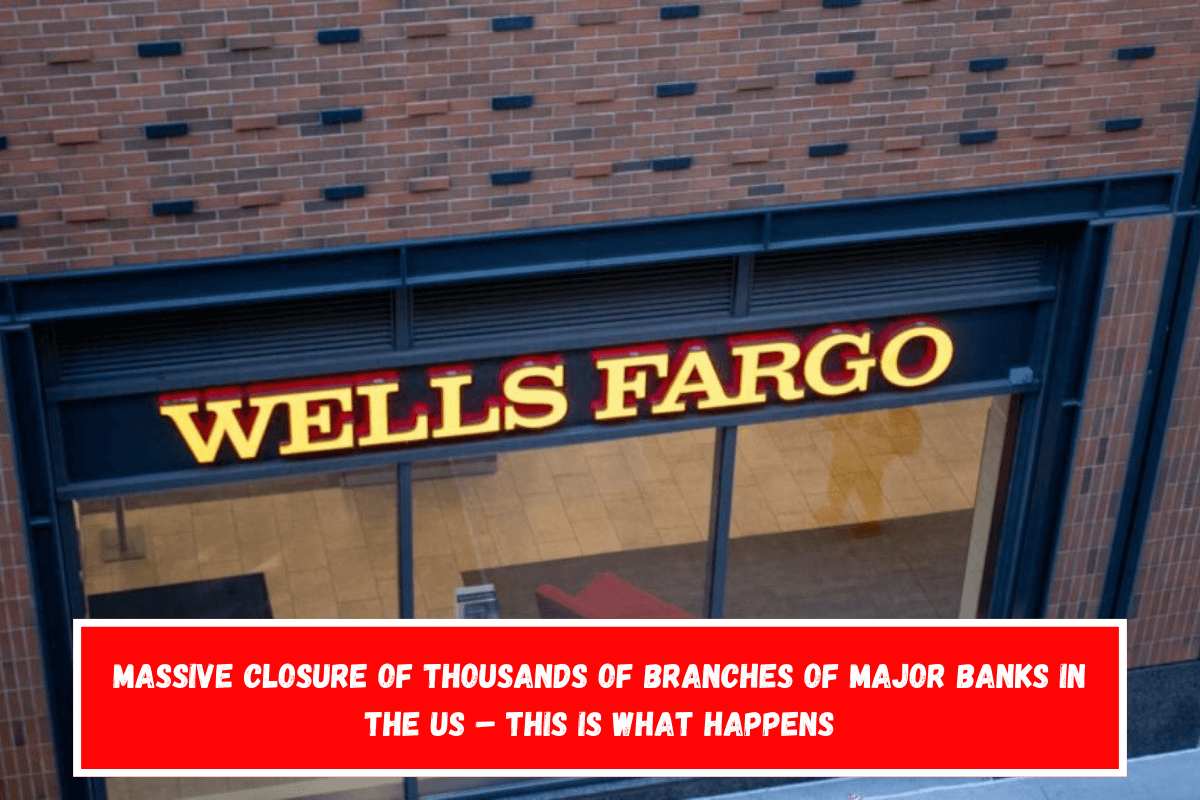Over 700 bank offices across the country have closed in the first three months of this year. This makes it harder for thousands of customers to get to services they need from their banks.
Between January and September, 132 Bank of America stores were closed, which was more than any other bank. Other big banks did the same thing. In the same time period, Wells Fargo closed 92 branches, Chase closed 90, and TD Bank closed 52.
Along with these large-scale closures, a number of smaller institutions also closed, leading to a total decrease in physical sites. Some of these banks are PNC, Citizens Bank, Woodforest, Fulton, and Capitol One, though the number of banks they closed as a whole was less than that of the bigger banks. Some states that had a lot of branch closings were New York (64 branches closed in 2024), Pennsylvania, Texas, Ohio, Florida, and New Jersey (which all had between 41 and 47 losses during this time).
As things stand, over 1,000 bank branches will have closed by the end of this year alone if the current trend continues. Looking further ahead, new research suggests that the last physical bank branches in the U.S. could close as soon as 2041 if the current trend continues, though there is no convincing evidence that all banking services will truly be moved online.
Self Financial did a study that showed that, on average, 1,646 branches have closed each year since 2018, which is what this prediction is based on.
Reasons why bank branches closures have become so common
One reason for the high number of closings is that banks are combining branches, which means that two local offices are often combined into one bigger building. A Bank of America representative said that many of their closings are part of this plan to bring the company together.
A company representative said, “Our financial center network is key to our business and gives us a strategic advantage.” They also said that the bank had opened more than 40 new financial centers across the country in 2024 and that branch sites are often changed based on customer needs and foot traffic. They made it clear that most of the closures this year were caused by merging close branches or moving branches to better places.
Digital banking is becoming more and more important, but many customers still need to go to stores for important reasons, especially for services that are hard to get online. A lot of Americans do most of their banking online these days, but many still go to stores for certain types of transactions.
A study found that almost two-thirds of U.S. adults still deposit cash at bank branches and that over half of them prefer to talk to bank advisers in person. This is especially important for older customers who might find it hard to use mobile banking tools. Not only that, but 39% of people who answered a recent poll said they trust banks with physical branches more than banks that only work online.

This change in customer preferences toward online banking is something that many of the banks that are closing down are aware of. A spokesperson for U.S. Bank talked about how their customers’ banking habits are changing, stating that “customers’ banking preferences and behaviors are changing, including a rapid migration toward digital and mobile banking platforms and a desire for greater simplicity.”
That’s why the bank is looking at its physical presence again, closing some branches, and improving its online services. Even though some offices are closing, U.S. Bank is still spending money to open new ones and improve the ones they already have.
Another important thing causing this trend is the money that can be saved by closing branches. A independent branch costs about $2.6 million a year to run on average. Because of this, many institutions are interested in closing or merging branches to save money.
The Office of the Comptroller of the Currency (OCC), the federal agency that oversees national banks, provides a weekly summary of these activities. Banks are required to tell the OCC about their plans to open and close branches.
Wells Fargo, which also had a lot of branches close, said the same things that Bank of America and U.S. Bank did. A Wells Fargo representative said that even though the bank is improving its branch network, physical locations are still an important part of their general service strategy, just like their digital platforms and ATMs.
The spokesperson also said that Wells Fargo is putting money into both opening new branches and fixing up old ones, and they are trying to make closings as painless as possible for customers and neighborhoods.
Also See:- The Lincoln Penny That Could Get You $3,000 – Its Value Has Skyrocketed















Leave a Reply